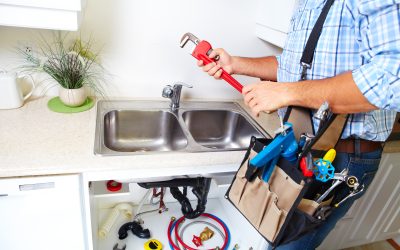What is radon?
Radon is a colorless, odorless and invisible gas. Studies point to a correlation between radon and lung cancer. Radon occurs naturally; it is widely believed to be released from building materials. That means it can be found in soil and rocks on your property.
Is it dangerous?
Radon levels that are anything over the 4 pCi/L are considered dangerous. If the radon levels in your home or property reach these levels, the EPA recommends taking measures to reduce them. That’s where the use of a radon mitigation system comes in.
How to test for radon?
You will need to determine how much radon is in your home first with a home radon test. You can easily use the kit to determine if they’re dangerous or not. The benefit of using this kit is that it’s affordable and handy. If results indicate high radon levels, you’ll need to engage the services of a company that offers radon mitigation services.
How to get help?
After seeing the results of the home radon test, you’ll want to hire a company that has long-standing experience in the field. They must have the right team and the right resources as well. Trained technicians will ensure they install a mitigation system and have it up and running in no time. If you want to make sure they’re a reliable choice, look for their rating on the Better Business Bureau or BBB. The higher their ratings are, the more trustworthy they will be.
Are there other solutions?
Pros can recommend several options you can explore, from using fans to suction methods. Be wary of anyone who says they will seal up the gas that’s leaking into your property, cautions Treehugger. That’s a sign that they’re still using old and less-effective solutions to the problem.








